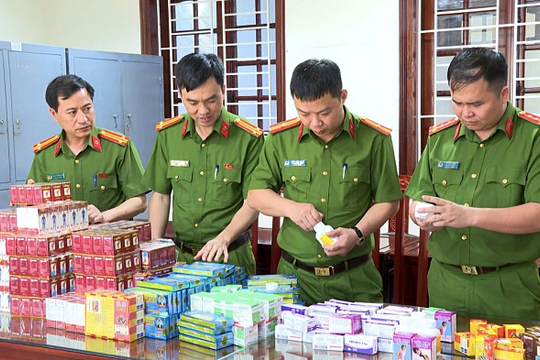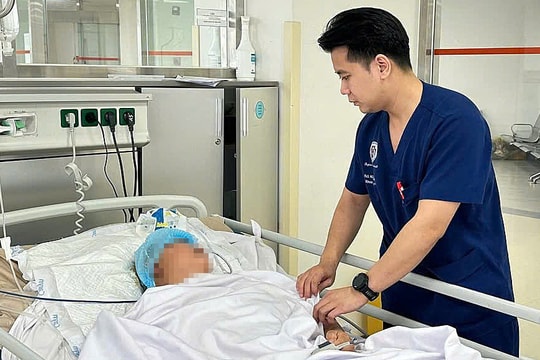1. Probability - statistics form
This is a new issue in the 2018 general education program compared to the old program. The statistics part is relatively simple, students just need to be careful to solve it.
For the probability part, you need to read the problem carefully to be able to list and find enough elements of the sample space.
2. Reduced form, expression value calculation and additional questions
With the question of calculating the value of an expression, students need to check whether the value of the variable satisfies the specified condition or not, then substitute it into the expression. Students should use the calculator to check the result again, to avoid unfortunate mistakes for the easiest idea in the test.
With the question of simplifying expressions, students need to pay attention:
- When subtracting polynomials, you should put the polynomial in parentheses and then remove the parentheses according to the rule to avoid confusing the signs.
- Don't forget the fractional hyphen.
- Avoid the mistake of misspelling the given expression name.
- When you see the reduction result is too complicated, you need to check the reduction steps from the beginning to see if there is any mistake in any step.
With the sub-question after simplifying the expression, students need to understand the requirements of the question correctly, from there they can determine how to do it, for example: "positive" is different from "non-negative", "Find x so that the expression takes on an integer value" is different from "Find the integers x so that the expression takes on an integer value".
In this sub-question, if a new expression arises as a radical or an expression in the denominator, students must set conditions for the variable. When finding the value of x, it is necessary to compare the conditions to conclude. Students should try again to check one more time.
3. Exercises on setting up equations, systems of equations, and Vietnamese formulas
- The 2018 general education program focuses on practical application, so students should practice a lot on problems related to daily life such as savings, taxes, etc.
- When doing the exercise, students should pay attention to calling the hidden items correctly: For example: In the productivity problem, students only write: "Let the number of products that group 1 makes in a day be x (products)" without stating whether it is according to plan or actual. This is a mistake and will result in a lot of points being deducted. Note that the hidden items need to have units and conditions. If the quantity in the exercise is a difference, then the condition for the hidden item is for the difference to be positive.
After representing unknown quantities through unknown variables, to get an equation or system of equations, students must have an argument. When finding the unknown variables, students must not forget to compare them with the conditions and draw a conclusion.
- With the Viet formula, you need to know well the formula to convert from the sum of squares of two roots to the sum, product of two roots...
4. Practical exercise
According to the sample test, there are 2 questions (different from the old test which only had 1 question):
- The first question is usually not too difficult, students need to master the formulas for cylinders, cones, spheres; review the formulas for calculating arc length, sector area, trigonometric ratios of acute angles... to get points. Pay attention to distinguish between the two signs equal and approximation, only round the result when required by the question.
- The following sentence requires logical thinking about the relationship between factors to solve the problem.
5. General Geometry exercises
Drawing: Students should draw a rough sketch first, then draw in the lesson, and write all the points given. Note, write the point names close to the location of the point on the drawing, avoid writing too far away, making it difficult to follow or being cut off by the connecting lines.
You should choose a drawing paper so that you do not have to flip the paper back and forth many times while doing the test to avoid mistakes. The drawing step is very important, because if you draw incorrectly, you will not be graded on the drawing test.
Some other small notes: Pay attention to words like "on the opposite ray",...
Writing and symbols: Point names should be written clearly, avoid writing carelessly because it is easy to confuse points with similar writing: O with D, E with F, M with N or H. In addition, angle symbols, if written quickly, can become arc symbols. This is a common mistake of many students and needs to be corrected.
The first two ideas of geometry exercises are usually at a basic level. Students need to be detailed, clear, and have sufficient reasons. To solve these two questions, the knowledge required is angles and circles, inscribed quadrilaterals, properties of tangents, two intersecting tangents, and similar triangles.
The third part of a geometry problem is usually an advanced question. However, students should avoid the "it's too difficult to ignore" mentality. When doing this, if the shape is too complicated, students can draw another, larger, clearer shape to make it easier to see the direction.
6. Advanced form
This is a difficult problem, at a high application level for students to get the last 0.5 points. Currently, the problems are not about proving difficult inequalities like the old program but about production optimization problems.
To solve this problem, students certainly need to apply a lot of knowledge and methods, but they should not complicate the problem, sometimes confusing the problem.
Most of the solutions to difficult problems come from the basic parts of inequalities, about transforming expressions based on identities, and factoring.
Finally, to do the test effectively, good health, calmness and confidence are important conditions. When students see a question or type of exercise that is a bit strange, they can temporarily skip it and do another question, then calmly re-evaluate that question.



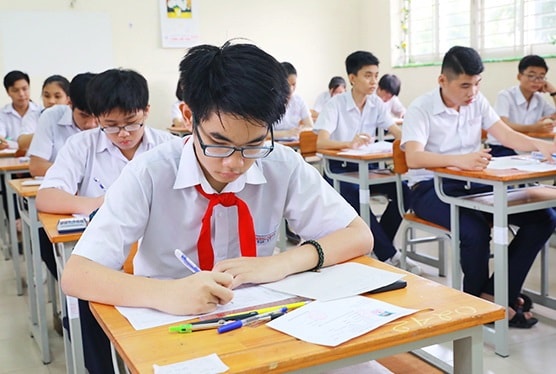





.jpg)
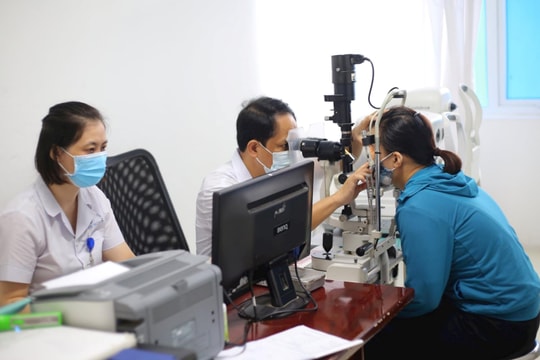

.jpg)



-a9f705f0fc2bb442b889e7ca8cfb4e9f.jpg)



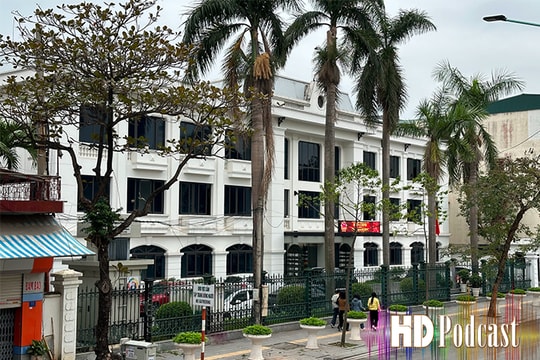
.jpg)
